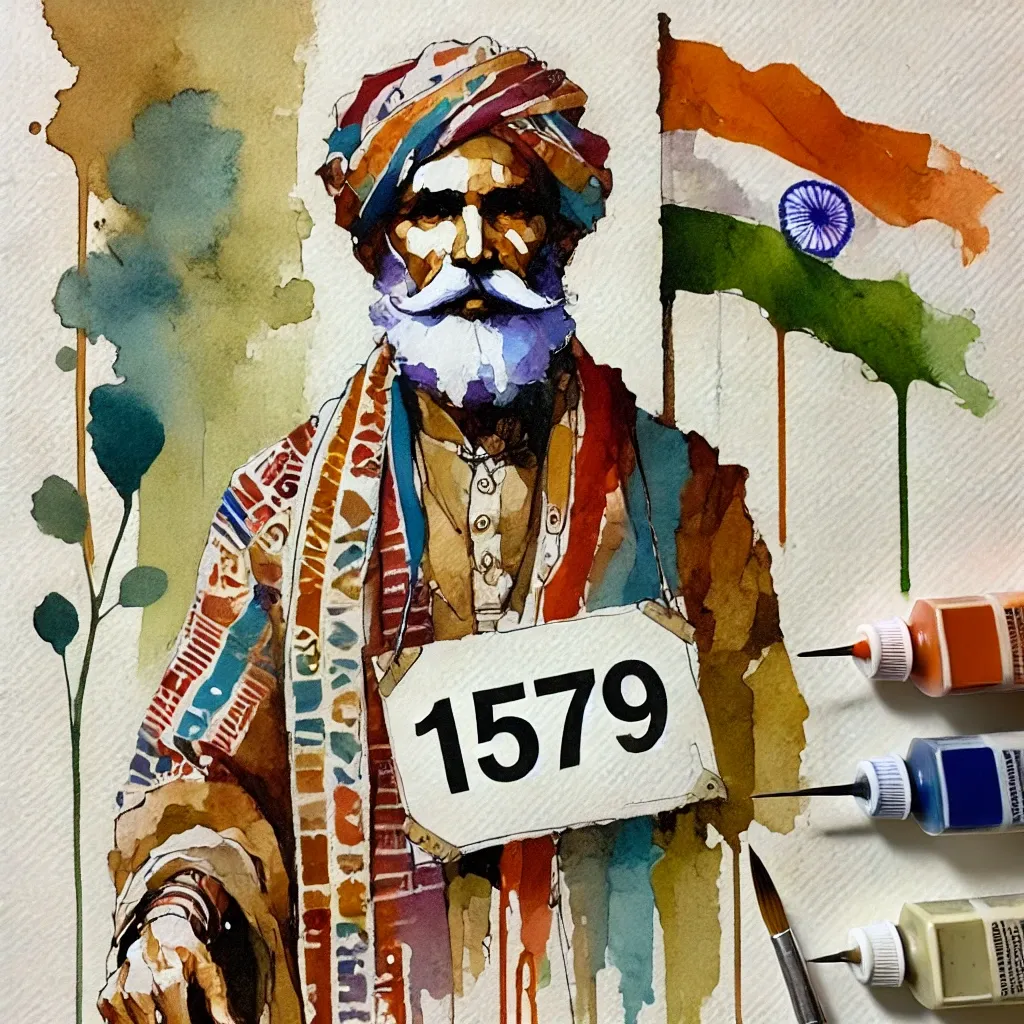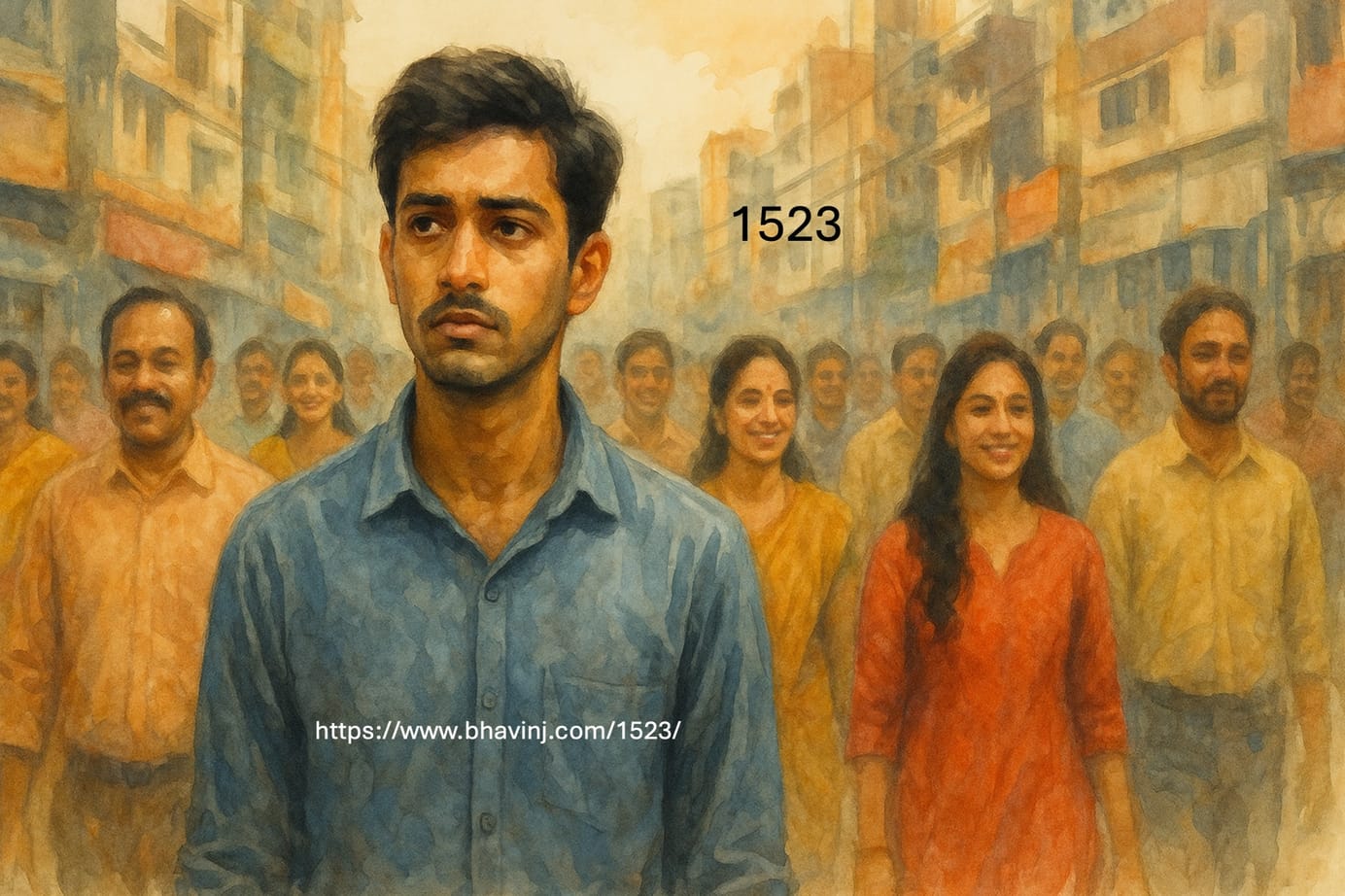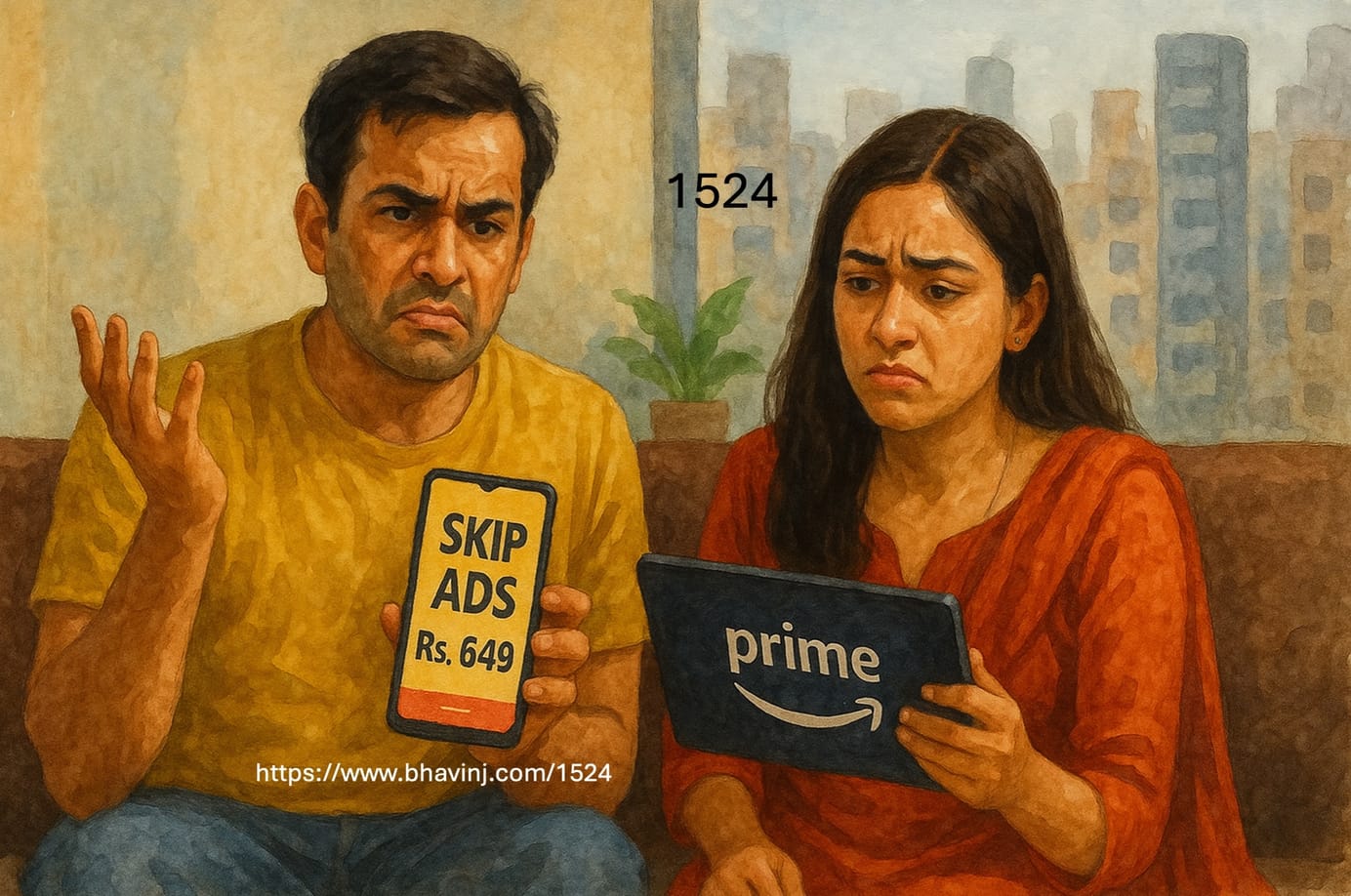
Counting Down to 90 - Week 1551 - The Dangers of Epistemic Trespassing
Just because a person is an expert in one field does not mean they can behave as experts in other fields they have no domain knowledge of. In short, those who are not experts in radiation biology, physics and harm should not behave as experts on radiation risk from CT scans.
The Concept Explained

Audio
Link to click if you don't see the audio below.
Text
Earlier this week there was a write-up in the Times of India on the hazards of radiation from CT scans, spurred by a badly written JAMA paper that says that up to 5% of cancers in the future may be radiation induced, primarily due to CT scans. I did a YouTube video on this subject, the day after the paper was published, detailing why this study is rubbish and should be retracted. In brief, the paper is a modeling study and the first such modeling study on radiation risk was published in 2001 by David Brenner.
A modeling study is a hypothesis generating attempt, which then needs to be proven with longitudinal, population or randomized controlled studies. An example would be a drug found to treat lung cancer based on computer models, which before it is used in patients, has to go through phase I, II, III trials, be tested rigorously and only if it shows efficacy with minimal or acceptable harm, is it allowed to be sold and used.
Similarly, this “radiation causes cancer” hypothesis also needs to be proven and so after Brenner’s first modeling paper, there has been a spate of longitudinal studies, starting in 2011, trying to prove this hypothesis. Some of them have shown no evidence of radiation risk and some have shown some radiation risk…and if we put all the results together, it comes down to a possible risk of 1:10,000. This means that if 10,000 people are exposed to CT scans, 1 of them may be at an increased risk of cancer, which is a value that is irrelevant in the setting of the number of lives that CT scan saves, which would be many, many orders more in number.
The JAMA paper based on a model, which also according to many is flawed (but that is a discussion for another time) has mentioned the risk to be 10 times more. After longitudinal studies, you can’t go back to a modeling study…that is like saying that since the drug for lung cancer we modeled didn’t work in clinical trials, let’s go back and do the same thing and restart the process, because I can’t believe I am wrong.
To understand all this needs a knowledge of the physics of radiation, an understanding of the different types of radiation risk and the ability to interpret results from published papers.
The TOI write-up is an interview by a health/science journalist, of a surgeon working in a reputed Mumbai hospital. Unless they have an innate knowledge of radiation physics and radiation risk analysis and are up-to-date with the current state of the literature on the subject, they would not be considered an expert in the field of radiation risk. There are two errors here; the first is the journalist choosing a surgeon for this interview, rather than a radiologist or radiation oncologist or a physicist who would have domain knowledge of this subject and the second, the person agreeing to answer these questions as an expert. The funny part is that the individual answers to the questions are not inherently incorrect, but the questions are leading and the interview and the headline are phrased in such a way that it is clear that the whole idea is to bias the reader into believing that radiation from CT scans causes cancer.
When I was discussing this with Bijal, she reminded me that this was a classic case of epistemic trespassing. She in turn had heard the phrase in a lecture delivered by Jean Sealey, a Canadian radiologist specializing in breast imaging. Epistemic trespassers are thinkers who have competence or expertise to make good judgments in one field, but move to another field where they lack competence—and pass judgment nevertheless. This surgeon no doubt is an expert in his field, but knowing how to remove a cancer exquisitely surgically does not make one an expert in radiation physics and radiation risk and harm.
Perhaps, it’s the same logic that makes people on WhatsApp experts in every possible field, including medicine and healthcare. Like people who go around saying never to do biopsies, because they spread cancers and disease! Or a cricketing genius giving gyan about treating breast cancer!
I worry about epistemic trespassing all the time when I am writing my Atmasvasth pieces. Which is why each of these posts is based on published papers in reputed journals and/or the state of common current scientific knowledge. In the end, if and when I make a recommendation, it is based on an understanding of the generally accepted guidelines and where I am not an expert, for e.g. on vaccines, or where treatment options are involved, I will ask my colleagues who are experts in those fields, acknowledge their help and then publish these pieces.
It is possible for people to be polymaths. It is possible to have a depth of knowledge in multiple fields. It is possible to be an expert in many diverse subjects. But that was not apparent in this interview.
In a world awash with misinformation and disinformation, perhaps one of the things to do is not talk about things that you don’t know much about.
I doubt if my rant will have an effect. People rarely retract what is published in newspapers. So this badly done interview and write-up will remain for eternity on the Internet, forwarded among thousands of WhatsApp groups, further reinforcing the misinformation contained in the piece that “radiation from CT scans will be responsible for up to 5% of cancers in the future”. What utter rubbish and nonsense!!
Bhavin's Writings Newsletter
Join the newsletter to receive the latest updates in your inbox.





